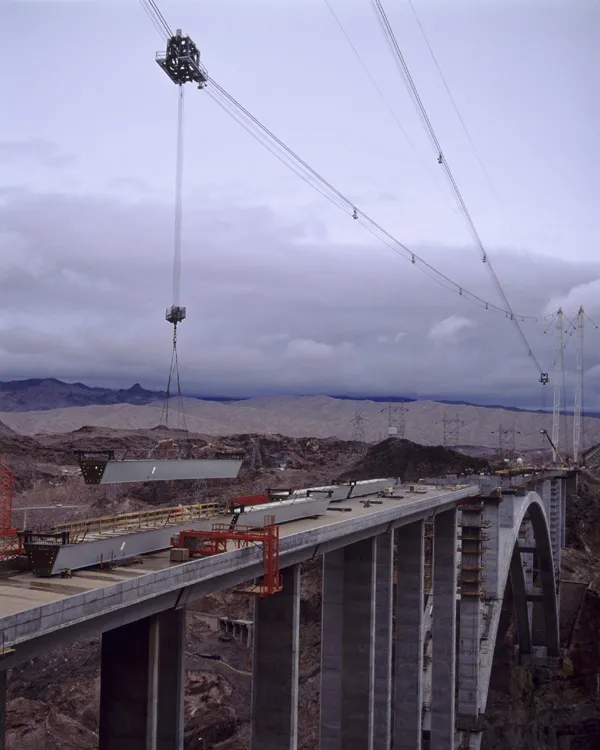The recent collapse of the Chirajara bridge continues to be a centre for controversy in Colombia. The enforced closure of the Bogota-Villavicencio road link following the collapse has caused transport problems and the Colombian Government has now ordered that the route be reopened before it causes further economic problems. Temporary measures are being carried out to allow vehicles, and trucks in particular, to be able to bypass the affected stretch safely.
The road company Coviandes has commissioned an audit of the bridge collapse from US specialist Modjeski and Masters (M&M) to identify the cause of the problem. In addition M&M is working with American Geotechnical Engineering Services (Ages) to ensure that the analysis of the bridge collapse is comprehensive.
The National Infrastructure Agency (ANI) believes that the collapse can be attributed to the failure of a particular beam, as suggested by a preliminary report. A Mexican company, Mexpresa, has identified concerns over the strength of the beam. This will be evaluated by the new study presently underway. The American Concrete Institute (ACI) has suggested that the remaining bridge structure may be in danger of further collapse and should be demolished. A further study will evaluate whether the integrity of the structure has been so compromised that it should be demolished.
Colombia bridge project faces delays after collapse
The recent collapse of the Chirajara bridge continues to be a centre for controversy in Colombia. The enforced closure of the Bogota-Villavicencio road link following the collapse has caused transport problems and the Colombian Government has now ordered that the route be reopened before it causes further economic problems. Temporary measures are being carried out to allow vehicles, and trucks in particular, to be able to bypass the affected stretch safely. The road company Coviandes has commissioned an
February 6, 2018
Read time: 2 mins









